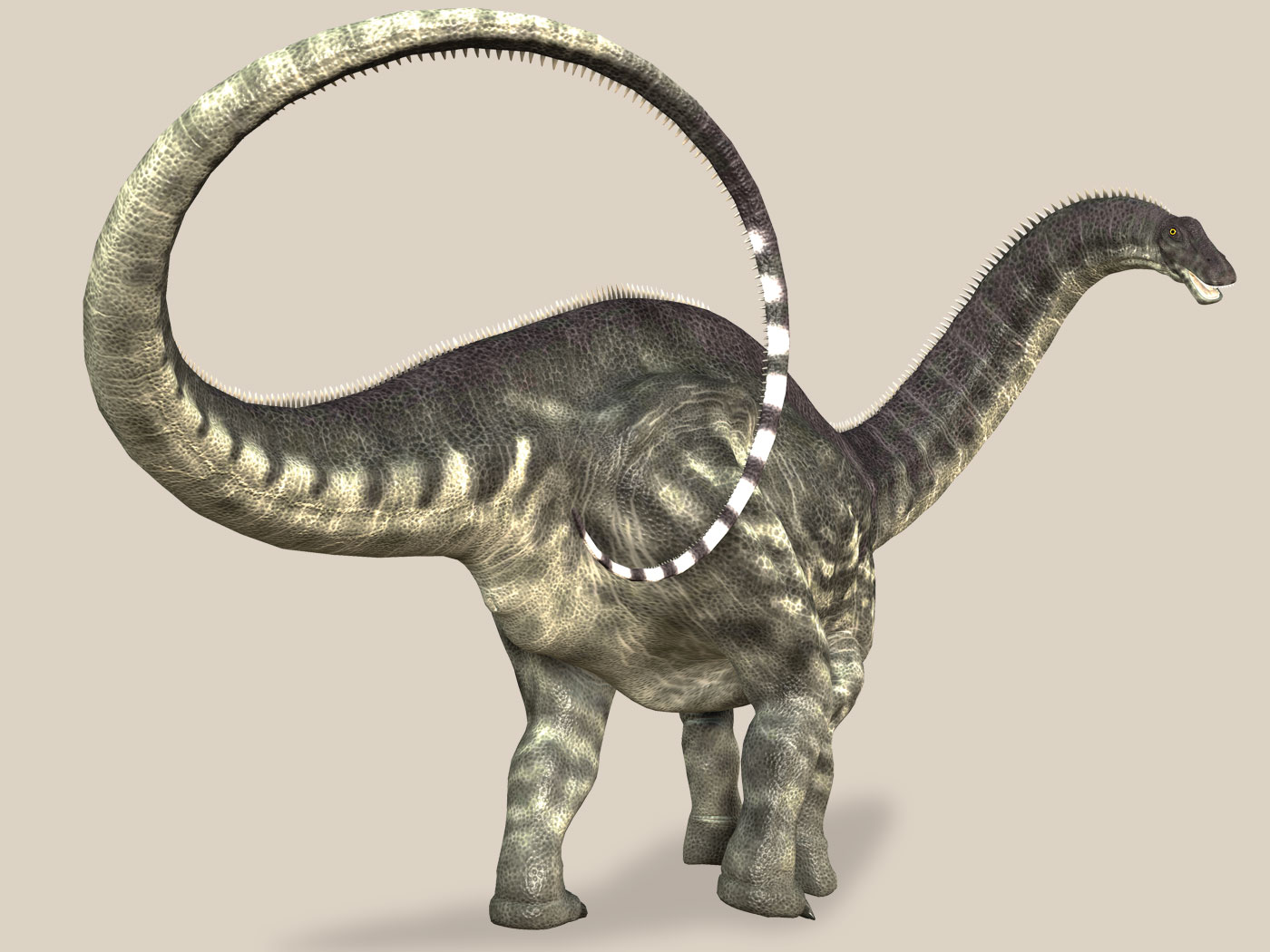Astronomers recently detected an enormous but short-lived increase in radiation from the nearby star Proxima Centauri.1,2 This radiation burst, known as a flare, caused the star to become a thousand times brighter for ten seconds. Our sun also has flares, but those flares are much smaller. At the time of its peak brightness, the Proxima Centauri flare was ten times brighter (in the measured wavelengths) than even the largest flares emitted by our sun. This is another reminder of how our sun is especially designed for life on Earth.
This is another reminder of how our sun is especially designed for life on Earth. ![]()
Proxima Centauri is of particular interest because, excluding the sun, it is the star nearest to Earth (about 4.3 light-years away) and because an exoplanet, designated as Proxima b, has been detected orbiting the star.
The lead scientist on the team, Meredith MacGregor, described how the flare could affect the nearby exoplanet:
It’s likely that Proxima b was blasted by high energy radiation during this flare…. Over the billions of years since Proxima b formed, flares like this one could have evaporated any atmosphere or ocean and sterilized the surface, suggesting that habitability may involve more than just being the right distance from the host star to have liquid water.2
Needless to say, if our own sun were to emit such a superflare, the results on Earth would be devastating.
Yet, the sun has not done this, despite the fact that evolutionary scientists have long insisted that our sun is just another mediocre, run-of-the-mill star. Despite this popular myth, secular scientists are themselves now acknowledging that our sun is special. One of the reasons for this realization is the fact that our sun does not emit monster superflares like the one just detected on Proxima Centauri. A 1999 New Scientist article asked the question:
Could the Sun send out a monstrous flare powerful enough to melt the ice on Jupiter’s moons, destroy much of Earth’s ozone layer and obliterate all our satellites? It’s possible, say astronomers who have studied other Sun-like stars in our Galaxy, which seem to produce enormous “superflares” about once a century. They are baffled by the fact that there are no records of similar solar explosions.3
Astronomer Galen Gisler (Los Alamos National Laboratory), who was interviewed for the New Scientist article, said, “I think a consensus is emerging that our Sun is extraordinarily stable.”3 Astronomer Donald Brownlee concurs: “People say the Sun is a typical star…That’s not true…. Almost all environments in the universe are terrible for life. It’s only Garden of Eden places like Earth where it can exist.”4,5
"Almost all environments in the universe are terrible for life. It’s only Garden of Eden places like Earth where it can exist." ![]()
Secular scientists have to assume that the sun’s remarkable stability is just an amazingly fortuitous coincidence, for which they credit “nature” or “luck” (see Romans 1:18-25 and the article title in reference 3).
But these evolutionary scientists cannot convincingly explain why stars even exist in the first place, since their models for star formation require at least some stars to already be in existence!6-8 But for those who acknowledge the Lord’s handiwork (Genesis 1:14-18, Psalm 19:1), neither our sun’s existence nor its remarkable stability is baffling or puzzling. Our sun exists and is stable because God designed it this way, so that Earth would be inhabitable (Isaiah 45:18):
For thus says the LORD, Who created the heavens, Who is God, Who formed the earth and made it, Who has established it, Who did not create it in vain, Who formed it to be inhabited: “I am the LORD, and there is no other.”
References
- MacGregor, M. A. et al. 2018. Detection of a Millimeter Flare from Proxima Centauri. The Astrophysical Journal Letters. 855 (1): L2.
- Staff Writer. Proxima Centauri’s no good, very bad day. ScienceDaily. Article posted on sciencedaily.com February 26, 2018, accessed March 1, 2018.
- Seife, C. 1999. Thank our lucky star. New Scientist. Posted on newscientist.com January 9, 1999, accessed March 13, 2018.
- Donald C. Brownlee (astronomer, University of Washington). Quoted in Broad, W. J. Maybe We Are Alone in the Universe, After All. Posted on nytimes.com February 8, 2000, accessed March 1, 2018.
- In the year 2000, Donald Brownlee and paleontologist Peter D. Ward wrote the book Rare Earth: Why Complex Life is Uncommon in the Universe.
- Psarris, S. 2012. What You Aren’t Being Told About Astronomy. Volume 2: Our Created Stars and Galaxies.
- Thomas, B. Does a Distant Galaxy Show Star Formation? Creation Science Update. Posted on ICR.org March 29, 2010, accessed March 1, 2018.
- Some computer simulations purport to demonstrate that star formation can occur without the need for pre-existing stars, but these computer simulations use dark matter, which is controversial and poorly understood, even if it exists. Hence, such simulations are hardly convincing.
*Dr. Jake Hebert is Research Associate at the Institute for Creation Research and earned his Ph.D. in physics from the University of Texas at Dallas.







